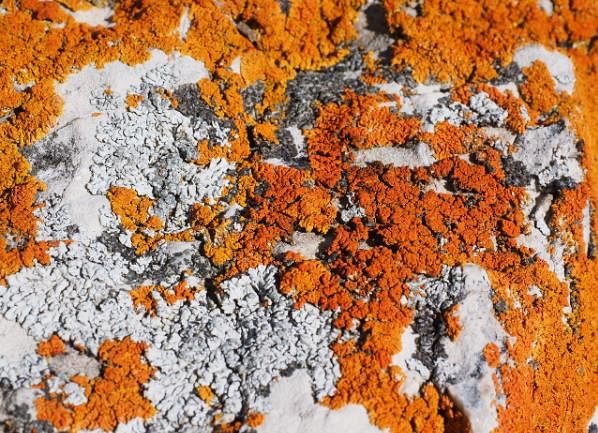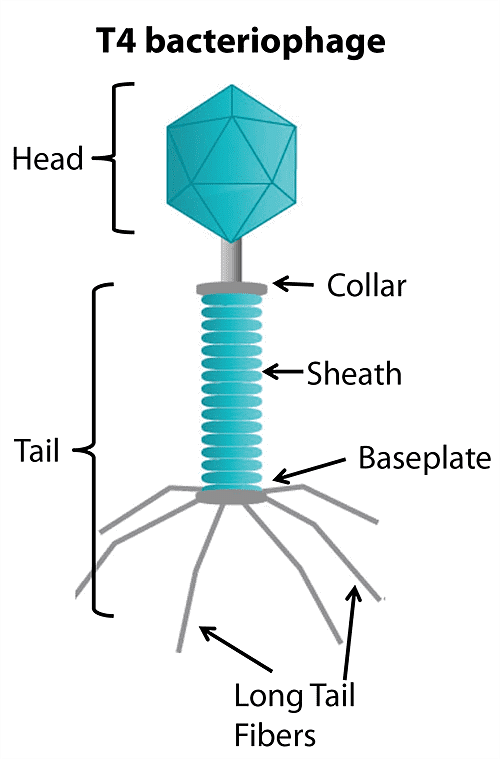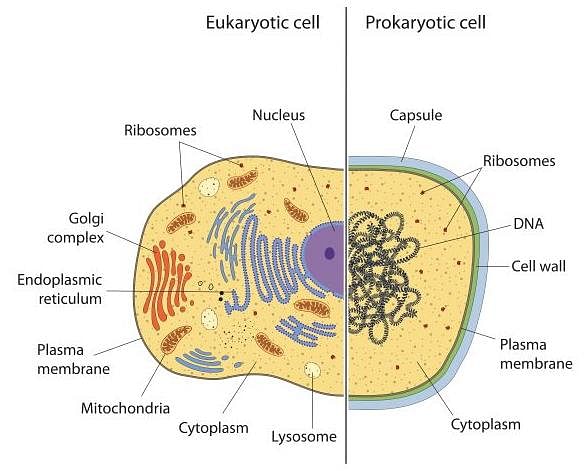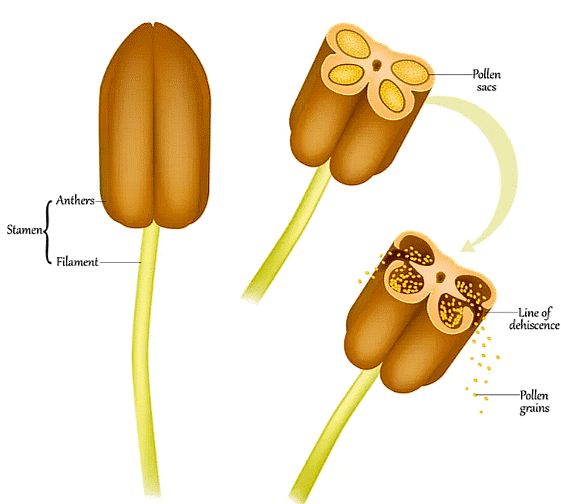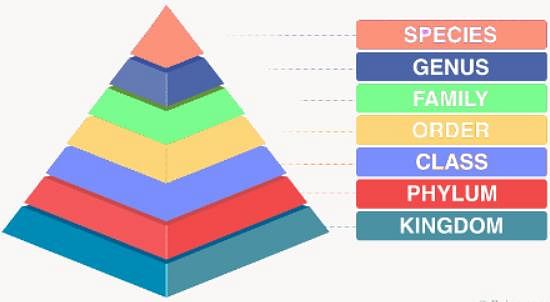NEET Part Test - 8 - NEET MCQ
30 Questions MCQ Test NEET Mock Test Series 2025 - NEET Part Test - 8
A peculiar group of dual organisms which are formed by an association between an algae and a fungus.
| 1 Crore+ students have signed up on EduRev. Have you? Download the App |
Proteins are polymers of amino acids that are connected by __________
A patient of diabetes mellitus drink more water because he eliminates the blood, extra amount of which substance :-
Why is the bilobed nature of an anther distinct in a transverse section?
Directions: In the following questions a statement of assertion (A) is followed by a statement of reason (R). Mark the correct choice as :
Assertion: The stigma serves as a landing platform for pollen grains.
Reason: The stigma is covered in fine hairs that help it trap pollen grains.
The taxonomic hierarchy, from broadest to most specific, consists of the following categories:
Read the given statements and select the correct option.
Statement 1: All triploblastic animals are eucoelomates.
Statement 2: They have a false coelom.
Select the correct matching of animals, their symmetry, organisation and coelom type.

Assertion (A): Cyanobacteria are considered ancestors of chloroplasts in eukaryotic plants.
Reason (R): They contain chlorophyll a, which is also found in the chloroplasts of green plants.
The given figure shows a cross section of the body of an invertebrate. Identify the animal which has such body plan.

Which of the following statements regarding the structure of microsporangium are correct?
(i) Microsporangium is generally surrounded by four wall layers-epidermis, endothecium, middle layers, and tapetum.
(ii) Outer three layers perform functions of protection and dehiscence of anthers.
(iii) Cells of tapetum undergo meiosis and produce microspore tetrads.
In (i) condition, both male and female flowers are borne on the same plant; an example of such plants is (ii).
|
1 videos|26 docs|121 tests
|
|
1 videos|26 docs|121 tests
|


